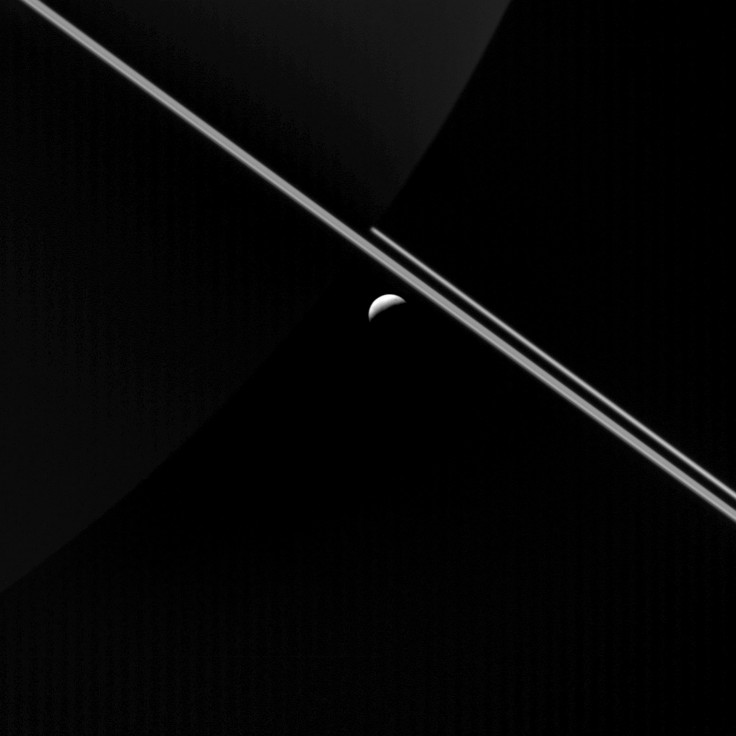Caltech scientists working on new microscope in search for alien life
Enceladus, a moon of Saturn, is one of the places scientists are looking for microscopic life.
Scientists at the California Institute of Technology (Caltech) are working on a new microscope technology in the search for alien life. Called digital holographic microscopy (DHM), it is, according to their publication, a technique that has a much better output when compared to traditional microscopes. The device, currently in development, has no moving parts, so it can be put to use in detecting life as long a large enough sample is collected.
The researchers have pointed out that the moons of Jupiter and Saturn are the most likely locations where life is possible on the outer planets. In their report, they pointed out that Nasa now has as an "explicit goal the search for signs of life".
Considering the distance that needs to be travelled and the restrictions that a spacecraft would face in outer space, especially the outer planets, sample collection cannot be done in high volume or quantity.
Life, if it exists on the outer planets, cannot be expected to be thriving. In fact, the researchers say that life will most likely be prokaryotic (a unicellular organism that lacks a membrane-bound nucleus), anaerobic (organism that does not require oxygen for growth), and present at potentially very low densities, presenting further difficulties in sample collection and detection.
According to the scientists, the new technology improves on the existing electron microscopy methods. They claim that it is an "approximately 100-fold improvement". The new technique also has the ability to capture two important facets of microorganisms- their 'intensity and phase'. This leads to clear images even when they are focusing on organisms that are nearly transparent.

In outer space, organic life cannot be expected to be similar to, or even resemble what is here on earth, so looking at single celled life and telling the difference between a mineral or a salt and a living cell is a challenge.
The scientists therefore need to detect "multiple identically shaped and sized, highly regular features that may suggest life". So that is what this new microscope will be looking for on alien surfaces.
Field testing of the technique was carried out in the Canadian High Arctic. The harsh cold terrain there could be compared to environments in outer space. Two samples were tested with different bacterial populations, concentrations, and levels of activity.
In the tests the team was able identify life clearly in of the samples using this new method without any "preconcentration or any other steps".
The target is Enceladus, one of Saturn's moons. The Enceladus plume as it is known is a vapour spout that spews water into outer space. The idea of the DHM project is to collect samples there. A flyby through the heart of the Enceladus plume at an altitude of 50 km could give them enough samples to study and look for life forms.
As the DHM has no moving parts, it is unlikely to be affected by the long travel or harsh conditions present in outer space.
© Copyright IBTimes 2025. All rights reserved.





















